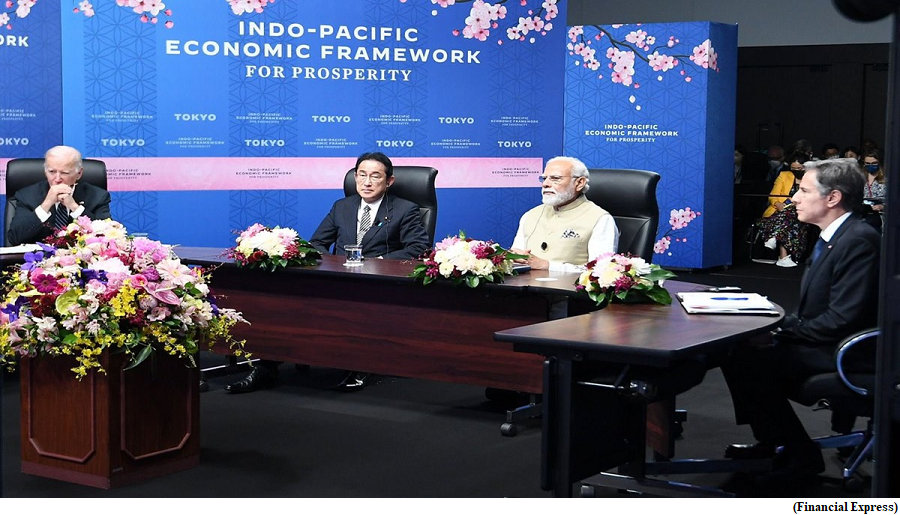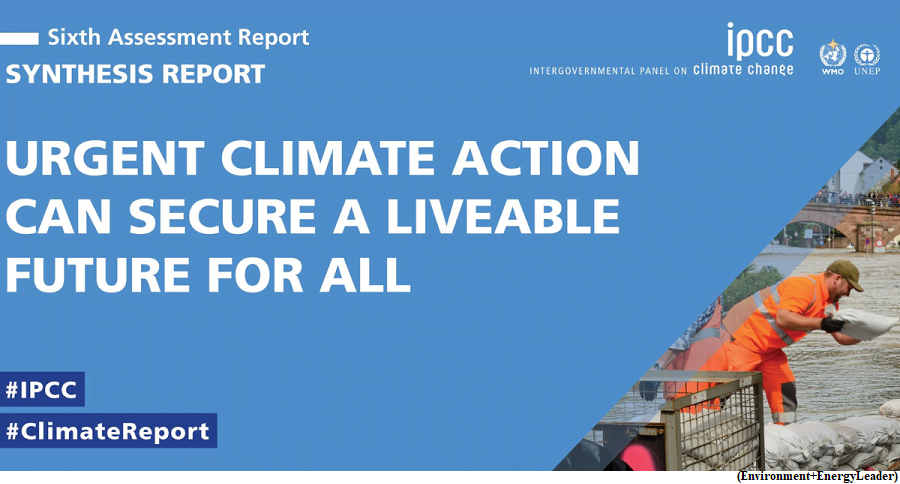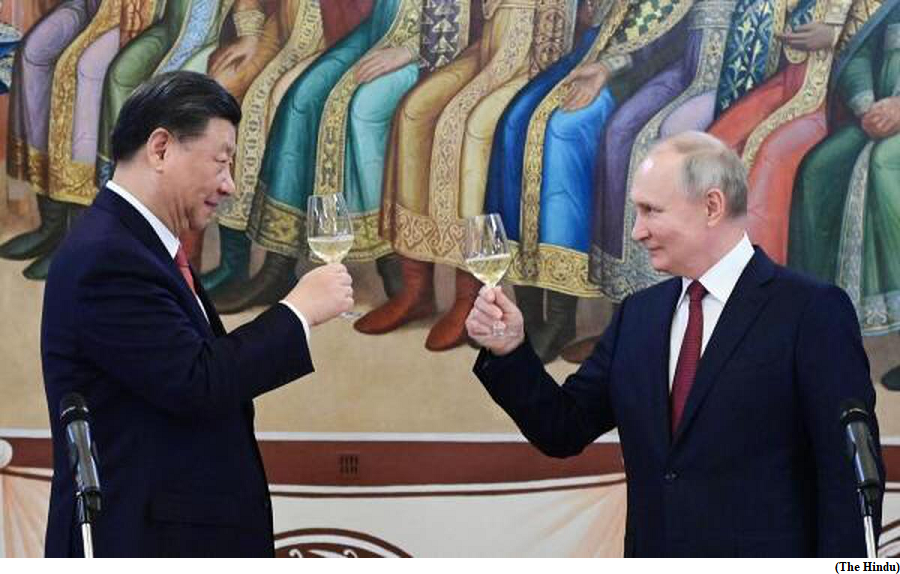Second Indo Pacific Economic Framework (IPEF) Negotiating Round (GS Paper 3, Economy)

Why in news?
- Recently, an Inter-Ministerial delegation from India led by Department of Commerce participated in the second Indo-Pacific Economic Framework for Prosperity (IPEF) negotiating round in Bali, Indonesia.
Participants:
- Negotiators from 13 other countries, including, the United States, Australia, Brunei Darussalam, India, Indonesia, Japan, the Republic of Korea, Malaysia, New Zealand, Philippines, Singapore, Thailand, and Vietnam also participated in the Bali negotiating round.
Four pillars:
During the Bali Round, discussions covered all the four pillars of the IPEF:
- Trade (Pillar I);
- Supply Chains (Pillar II);
- Clean Economy (Pillar III); and
- Fair Economy (Taxation & Anticorruption) - (Pillar IV).
India participated in the discussions related to Pillars II to IV.
Key Highlights:
- Building on the discussions that took place during the previous rounds; First IPEF Round held in Brisbane, Australia, in December 2022, and the Special negotiating round held in New Delhi, India in February 2023, in Bali, IPEF Partners undertook in-depth text-based discussions and conducted follow-up conversations as they work to advance a shared vision for an open, connected, prosperous and resilient Indo-Pacific region.
- During the negotiations, the Chief Negotiator of India reiterated India’s belief that IPEF will deepen the economic engagement and promote inclusive development through enhancement in trade and investment in the region.
- On the side-lines of the negotiating round, the Chief Negotiator and the Pillar Leads also held bilateral meetings with IPEF countries and other concerned stakeholders.
Way Forward:
- IPEF Partners have committed to an aggressive negotiating schedule throughout 2023 with the objective of realizing concrete benefits to enhance a shared vision for economic competitiveness and prosperity in their respective economies.
IPCC synthesis report
(GS Paper 3, Environment)
Why in news?

What does the report say?
- The Synthesis Report is a compilation of the main findings of the IPCC’s Sixth Assessment Report, based on results from three Working Groups (WGs).
- WG I evaluated the physical science basis of climate change; WG II evaluated the impacts, adaptation, and vulnerability, and WG III evaluated the mitigation.
- The report highlights the urgency of drastically reducing the emission of greenhouse gases and thereby limit rising global temperatures by 1.5°C from pre-industrial levels, set by the Paris Agreement.
- Despite the IPCC’s warnings in 2018, the increase in greenhouse gas emissions continued so much so that the global surface temperature has already warmed by 1.1°C over pre-industrial levels, leading to extreme and/or unpredictable weather events that risk human health, fortunes, and ecosystems.
- Noting the impact of the rise in temperature, it states that such events have made people much more susceptible to food insecurity and water shortages with vulnerable populations disproportionately facing the brunt of climate change.
- The report highlighted the economic loss and damages incurred due to climate change and stressed on the need for financial resolution for a more equitable world.
What is the way ahead?
- The report suggests climate resilient development that will not only mitigate the effects of climate change but also provide wider benefits.
- Access to clean energy, improving air quality, increasing employment opportunities, boosting healthcare through technology, and delivering equity are among the report’s recommended goals to help adapt to climate change.
- The report also foregrounded the role of financial investments to achieve climate goals and encouraged public funding through central banks, government and financial regulators to reduce emissions, scale up climate resilience and protect marginalised communities.
What are the implications for India?
- India’s priority should be to minimise loss and damage in terms of lives, livelihood and biodiversity, and accelerate equitable action and adaptation.
- Several messages emerge that are salient for India: It proposes an approach emphasising ‘climate resilient development’.
- As a developing country, India can lower its per-capita emissions through energy efficiency policies already being implemented in almost every sector. However, it can also decarbonise the energy sector by using cleaner options like solar and renewable energy.
Russia, China vow to deepen relations, take aim at West
(GS Paper 2, International Relation)
Why in news?
- Recently, China and Russia unveiled a broad long-term blueprint for their deepening relations, pledging to work together to push back against the U.S. Indo-Pacific strategy as well as attempts to “politicise” multilateral platforms.

Highlights of joint statement:
- A joint statement, said both sides “firmly condemn the politicisation” of multilateral platforms and “attempts of certain countries to fill the agenda of multilateral platforms with unrelated issues and dilute the primary mission of the relevant mechanisms.”
- This reference pointed to sharp divisions in the G-20 ahead of 2023 summit to be hosted by India. China and Russia earlier in March opposed references to the Ukraine war leading to the failure of the G-20 Foreign Ministers’ meeting in New Delhi to issue a collective statement.
- It also expressed “serious concern over NATO’s continued strengthening of military-security ties with Asia-Pacific countries” and said both sides “oppose the cobbling together of a closed and exclusive bloc structure in the Asia-Pacific region, creating bloc politics and camp confrontation”.
- China have previously referred to the India-U.S.-Australia-Japan Quad as an “exclusive bloc”.
Indo-Pacific strategy:
- The statement accused the U.S. of following “a Cold War mentality” and said its Indo-Pacific strategy “has a negative impact on peace and stability in the region.”
- Instead, China and Russia were “committed to building an equal, open and inclusive security system in the Asia-Pacific region that does not target third countries”, pointedly using the term “Asia-Pacific” and not Indo-Pacific.
Position on Ukraine:
- China once again referenced its’s position paper on the Ukraine crisis, but the visit didn’t appear to suggest any major breakthrough in Chinese efforts to broker a peace in Ukraine.
- The joint statement criticised the West over Ukraine, saying both sides “oppose the practice by any country or group of countries to seek advantages in the military, political and other areas to the detriment of the legitimate security interests of other countries.”
Pledges:
- Both pledged to work together in multilateral groupings including BRICS, and also to take forward collaboration in the recently dormant Russia-India-China grouping.
- The two sides also said they would “support each other firmly in safeguarding their core interests, first and foremost sovereignty, territorial integrity, security and development interests.”
- Russia said it supports China on Taiwan and also “firmly supports China’s initiatives to safeguard its sovereignty and territorial integrity.”
Economic cooperation:
- Both sides announced a “Plan to Promote the Key Elements of Russian-Chinese Economic Cooperation until 2030.”
- Russia said both sides had agreed a package of 80 important and promising bilateral projects in various fields worth around $165 billion.
- “Russia is a strategic supplier of oil, natural gas, including LNG, coal, and electricity to China. Russian gas supplies to China are to reach at least 98 billion cubic metres by 2030, plus 100 million tonnes of liquefied natural gas.
- They have just discussed a good project, the new Power of Siberia-2 gas pipeline across Mongolia. Russia will export 50 billion cubic metres of gas from reliable, stable supplies.




